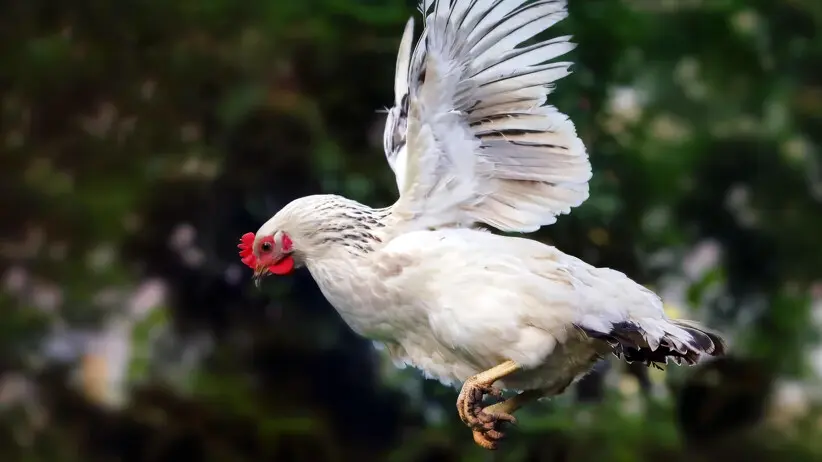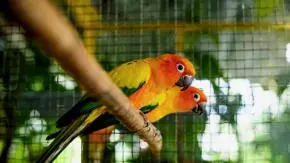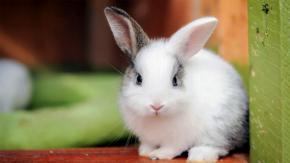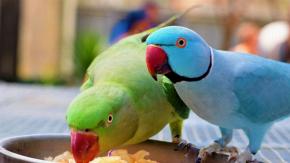Chickens are a common sight on farms and in backyards around the world. With their short wings and plump bodies, they don’t seem capable of much aerial activity. But can chickens fly? The answer isn’t a simple yes or no.
While chickens can’t achieve true flight like birds such as hawks or geese, they are capable of brief flights and can get airborne just enough to escape predators, reach high perches, and get over low fences. In this blog post, we’ll take a closer look at the anatomy of chickens and how it limits their aerial abilities.
We’ll discuss the different types of flight chickens are capable of, like short hovering jumps and fluttering flights. And we’ll examine the factors that determine how well each individual chicken can get airborne.
While no chicken will be catching thermals and soaring through the sky, their flying abilities remain. Read on to learn more about the nuances of chickens and flight.
The Anatomy of Chickens
Chickens have light, hollow bones which help reduce their weight for brief flights. Their wings are rounded and broad, good for short bursts of flight but unsuitable for extended soaring.
Chickens have large pectoral muscles to power flapping. However, their wings are small relative to their body size and weight, making sustained flight difficult. They have a large keel on their sternum where flight muscles attach.
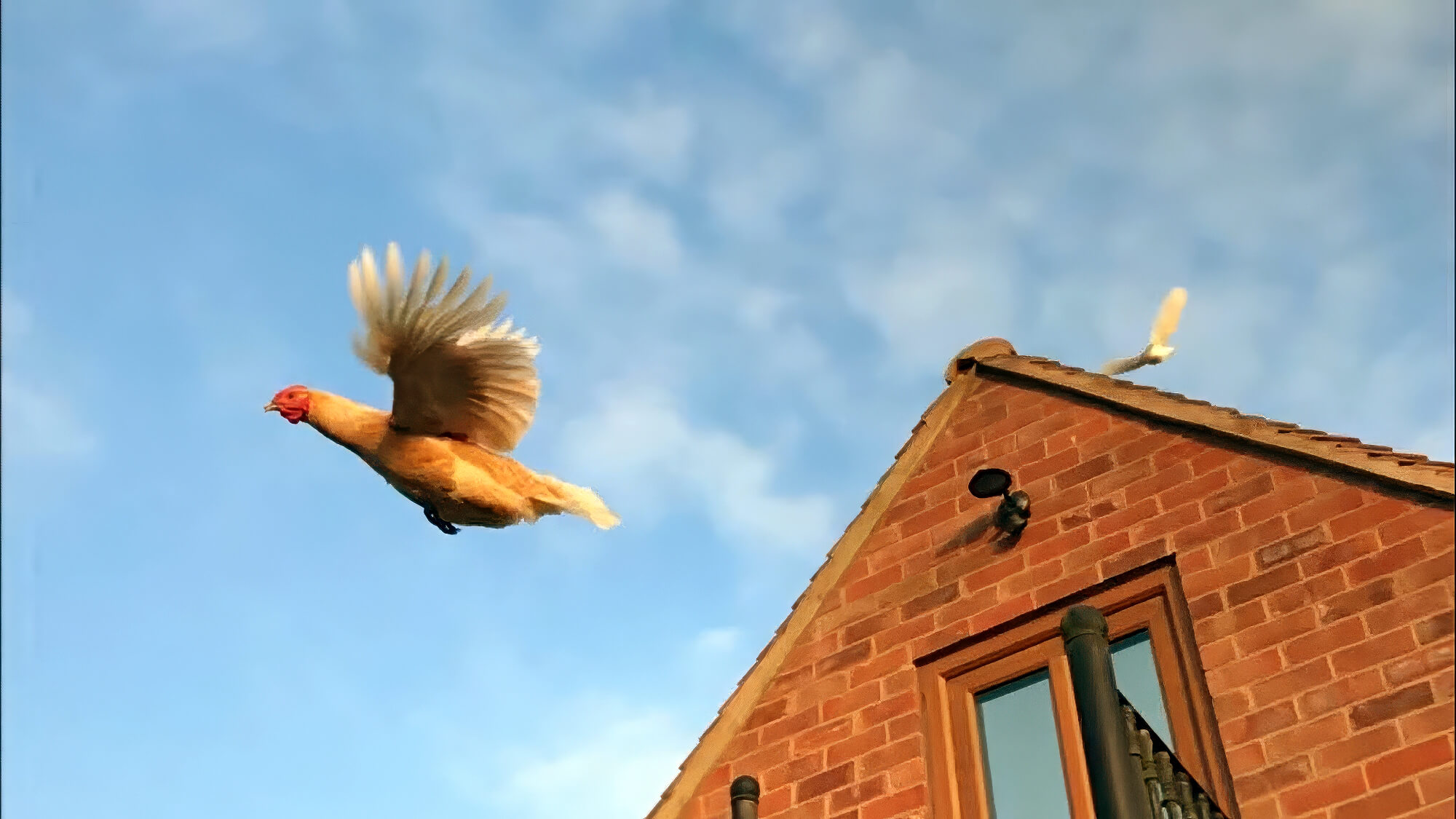
Their bodies are round and un-aerodynamic. While streamlined for walking, the shape creates drag in the air. Chickens have a reduced collarbone and fused hand bones, sacrificing agility and grip for strength to flap their wings.
The Flight Capabilities of Chickens
Chickens are capable of brief, explosive flight bursts. They can typically manage to get 3-4 feet off the ground with rapid wing flapping. This allows them to get over fences or other obstacles in their path.
Chickens can manage short hovers or controlled descents, such as when perching in trees at night. Their wings provide lift, but not enough for sustained flight. Chickens mostly utilise their wings to soften landings from perches or to extend jumps.
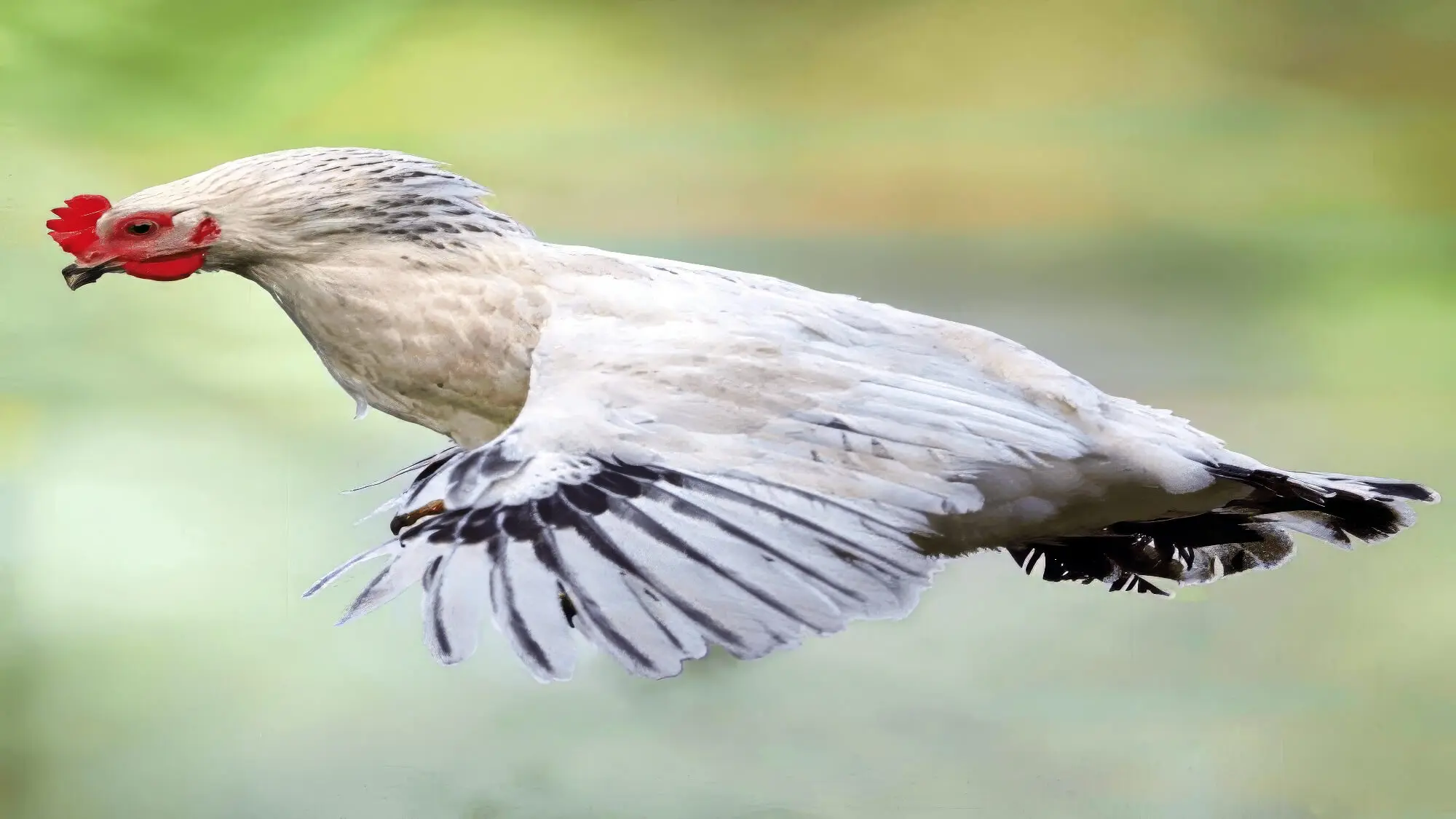
Some chickens are better fliers than others, depending on size, health, breed, and wing condition. Larger chickens and broiler breeds often need help achieving lift.
Overall, chickens have enough aerial maneuverability for short flights but lack the anatomy and aerodynamics for migratory or high-altitude flight seen in other birds.
Understanding Chicken Flight Behaviour
Chickens usually only fly when necessary, as it takes considerable effort for them. Chickens may fly up to roost in the evening or to forage higher up in trees. Hens may fly to nest boxes or perches.
Startled chickens may burst upwards suddenly to avoid predators. Mother hens will fly to protect chicks. Roosters sometimes fly up to a high spot to crow territorially. Chickens are most likely to fly horizontally to cover short distances over fences or obstacles in their way. They typically fly close to the ground, landing as soon as possible.
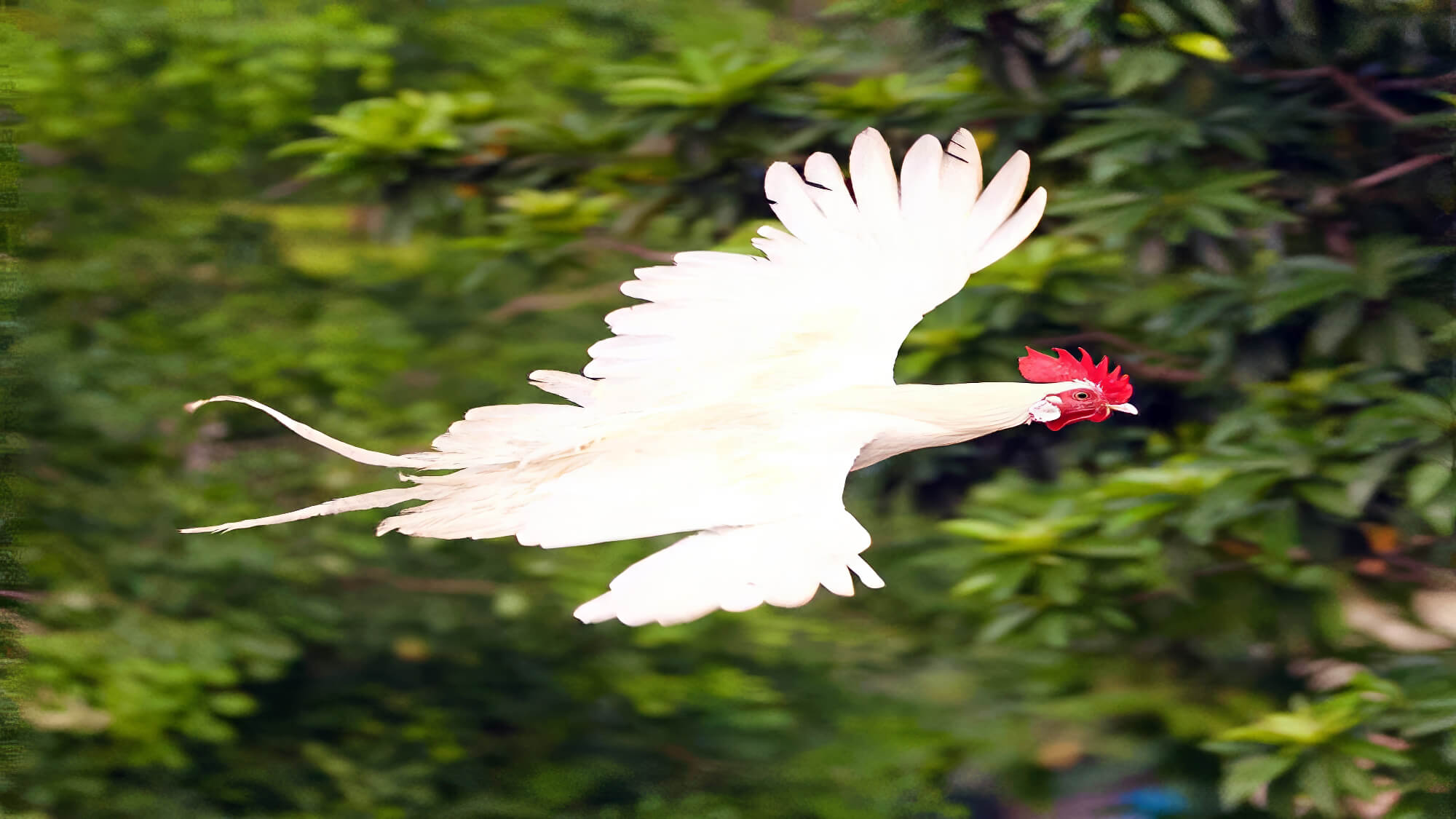
Chickens allowed free range are more likely to practice flying skills. Overall, chickens use controlled bursts of flight when needed but avoid extended aerial activity due to their anatomy and energy requirements. Their flight behaviour reflects adaptations for ground-dwelling life.
But you might be asking - how far can a chicken fly? That all depends on the breed, of course, but chickens who fly well have been known to fly distances of around fifty feet. They can sometimes achieve a height of up to 10 feet!
Factors Limiting Chicken Flight
While chickens are capable of brief flight, several key limitations prevent them from taking to the skies like their wild bird relatives. From their anatomy and physiology to their environment and condition, multiple factors conspire to keep chickens firmly earthbound. These limitations include:
Weight
A heavy chicken has a harder time becoming airborne. Meat chicken breeds with large breasts and obese chickens are more limited in their flight capabilities. The greater body mass requires much more wing power and lift to get off the ground.
Wing Condition
The primary flight feathers are the longest feathers at the front of the wing. Chickens typically have ten of them, and they are often a different colour. Clipped or injured wings directly impair a chicken’s ability to fly.
Missing birds flight feathers also reduce the wing’s ability to provide lift. So, although they descended from the (presumably) flight-capable jungle fowl, the domesticated chickens of today have too large body mass, and too short wing spans to achieve the lift needed to fly. Proper feather condition is crucial for any kind of flight.
Age and Health
Young and healthy domestic chickens can fly better than older chickens or domesticated birds with illnesses and injuries. Younger birds have greater strength and stamina for flying. Good overall health and muscular condition allow more powerful wing thrusts.
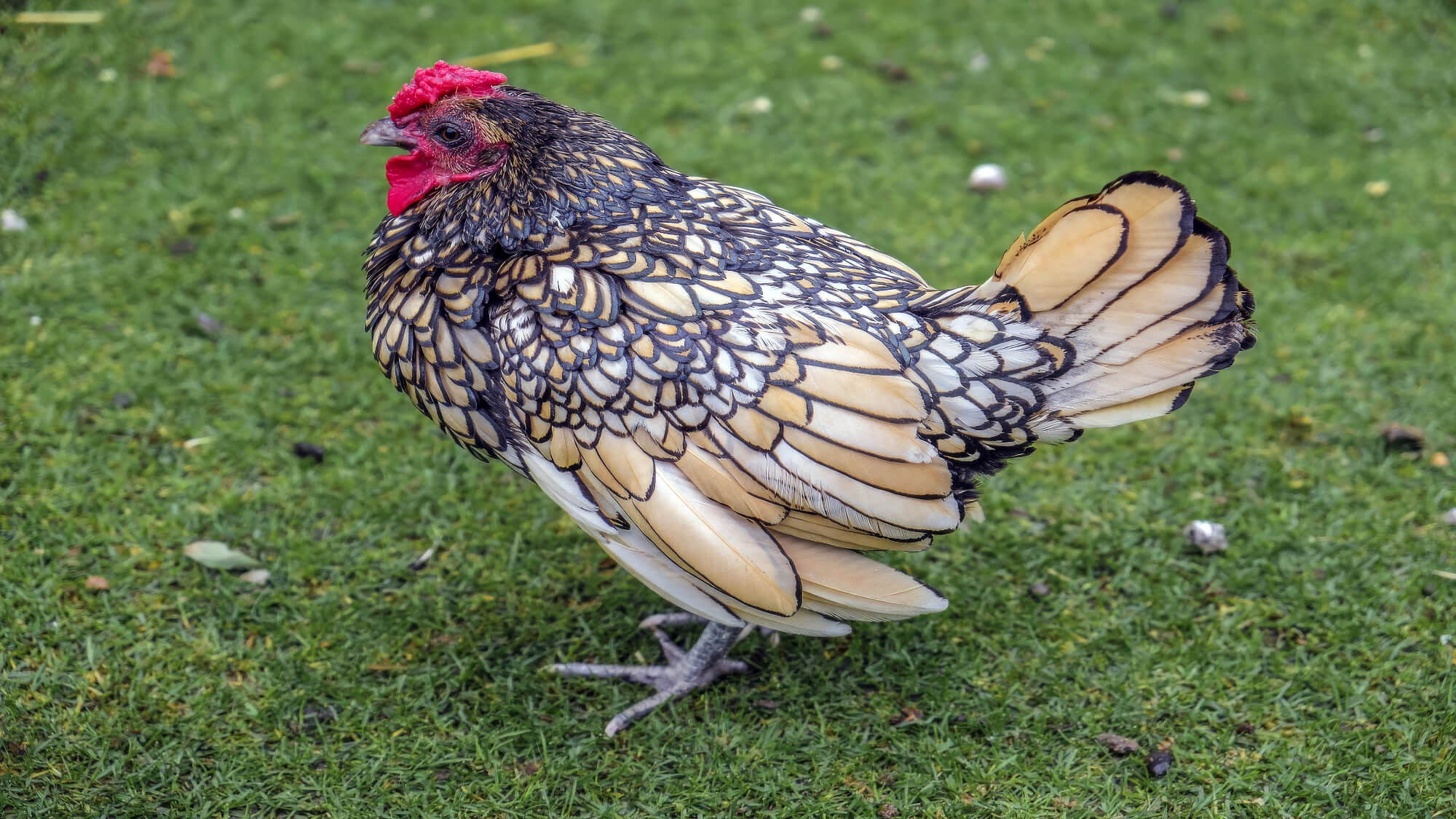
Breed
Some breeds have physical traits more suited for flight. Lightweight birds like leghorns tend to be better flyers. Heavier breeds like Orpingtons struggle more. Wing shape and length also impact flying ability.
Space
Chickens require adequate horizontal space for a running takeoff and vertical space to gain altitude. Confined spaces severely limit flight opportunities. Access to open areas encourages flight.
Predation Risk
Chickens are more likely to use flight when threatened by aerial or ground predators as an escape mechanism. With few threats, they have less need to fly.
Chicken Adaptations for Ground Movement
While not suited for prolonged flight, chickens have evolved excellent adaptations for life on the ground. Chickens have strong, scaled feet with long, sturdy toes capable of grasping and holding onto roosts and scratching at the earth. Their powerful legs are positioned well beneath their bodies to provide stability and strength for running and rapid movements.
Chickens can run with agility and burst into quick sprints to escape danger. Their streamlined body shape offers little wind resistance on the ground. Chickens also utilise their small wings to maintain balance as they run and make rapid turns.
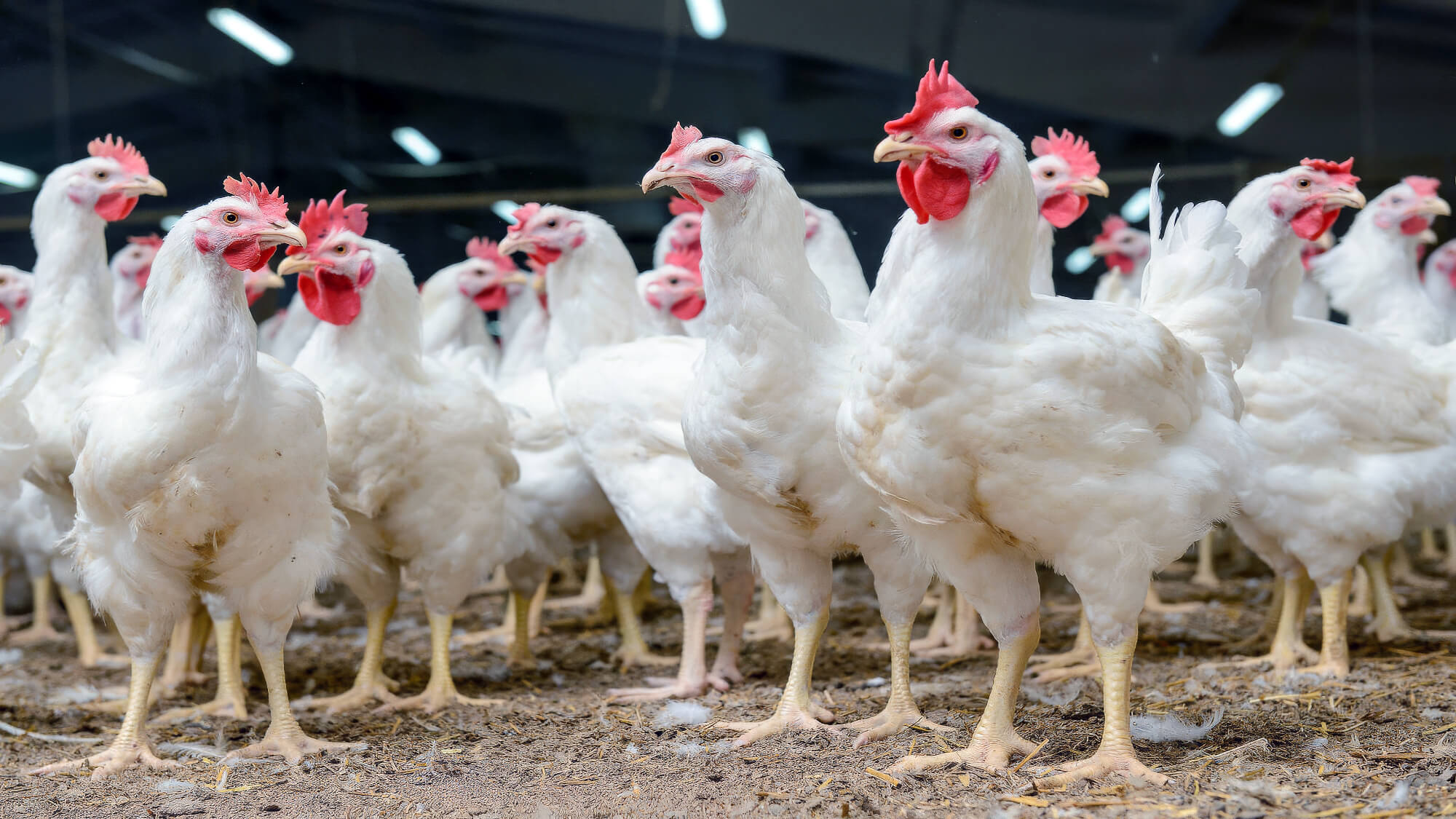
When necessary, they can use their wings for brief boosted jumps over obstacles in their path. Their light hollow bones help reduce overall body weight while retaining strength. Together, these adaptations allow chickens to thrive in terrestrial living - running, foraging, scratching, and moving around efficiently on land. The anatomy of chickens is optimised for the ground, even though they possess just enough aerial skills to get airborne for brief instances when needed.
Mythbusting: Debunking Common Misconceptions
Many people falsely believe that chickens are completely flightless birds. But while chickens do not have the impressive aerial abilities of migratory birds, they are not totally earthbound either.
Through selective breeding, chickens have lost the lengthy wingspan and aerodynamic design that wild birds utilise for long flights. However, they retain enough wing power and lift to achieve brief bursts into the air.
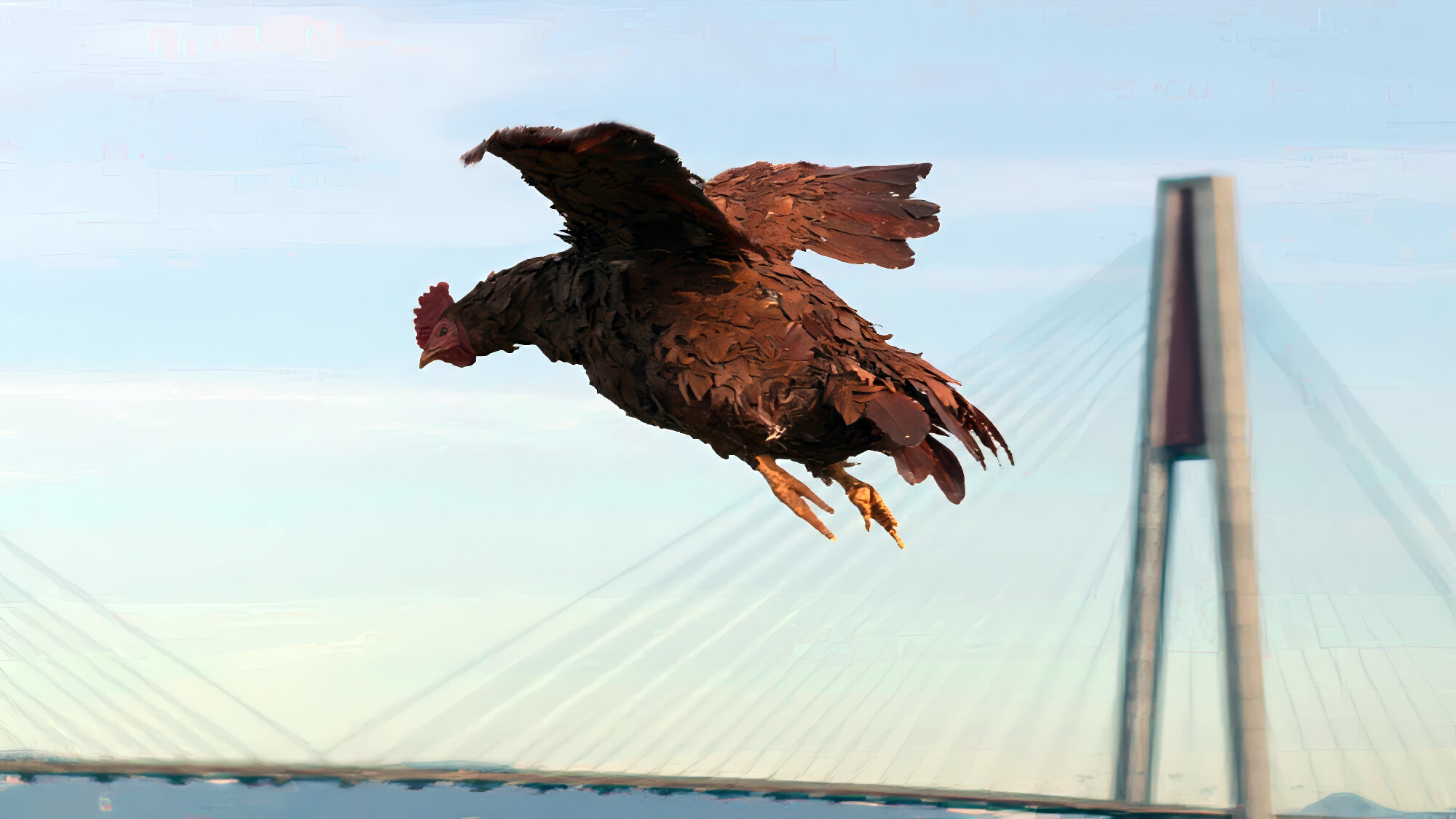
Chickens can typically fly up to 10 feet high and 50 feet horizontally. So, while your chickens won’t be migrating south or escaping very high fences, they can still hold small hops and flights when needed.
Chickens can flutter up to perches and roost in trees at night, too. So don’t underestimate their wings just because you don’t see them soaring overhead. With a little room and opportunity, chickens will exhibit brief bouts of flight from time to time.
So, Can Chickens Fly?
While sustained high-altitude flight is beyond their capabilities, chickens can indeed fly short distances when necessary. With a running start and a few strong wing flaps, chickens can achieve brief flight bursts to escape predators, reach perches, or clear fences and obstacles.
Their anatomy allows limited aerial maneuvering that suits their lifestyle as ground-dwelling omnivores. So next time you see a chicken flapping its wings, remember – it may just be going for a brief hover or flight, not just stretching its wings!
If you’re interested in getting chickens for your own backyard flock, check out the great selection of chicken coop and supplies at Planet Pet. Their knowledgeable staff can guide you in choosing the perfect chickens for your needs. Stop by Planet Pet or visit their website to get all the essentials for experiencing the joys of chicken ownership yourself.

